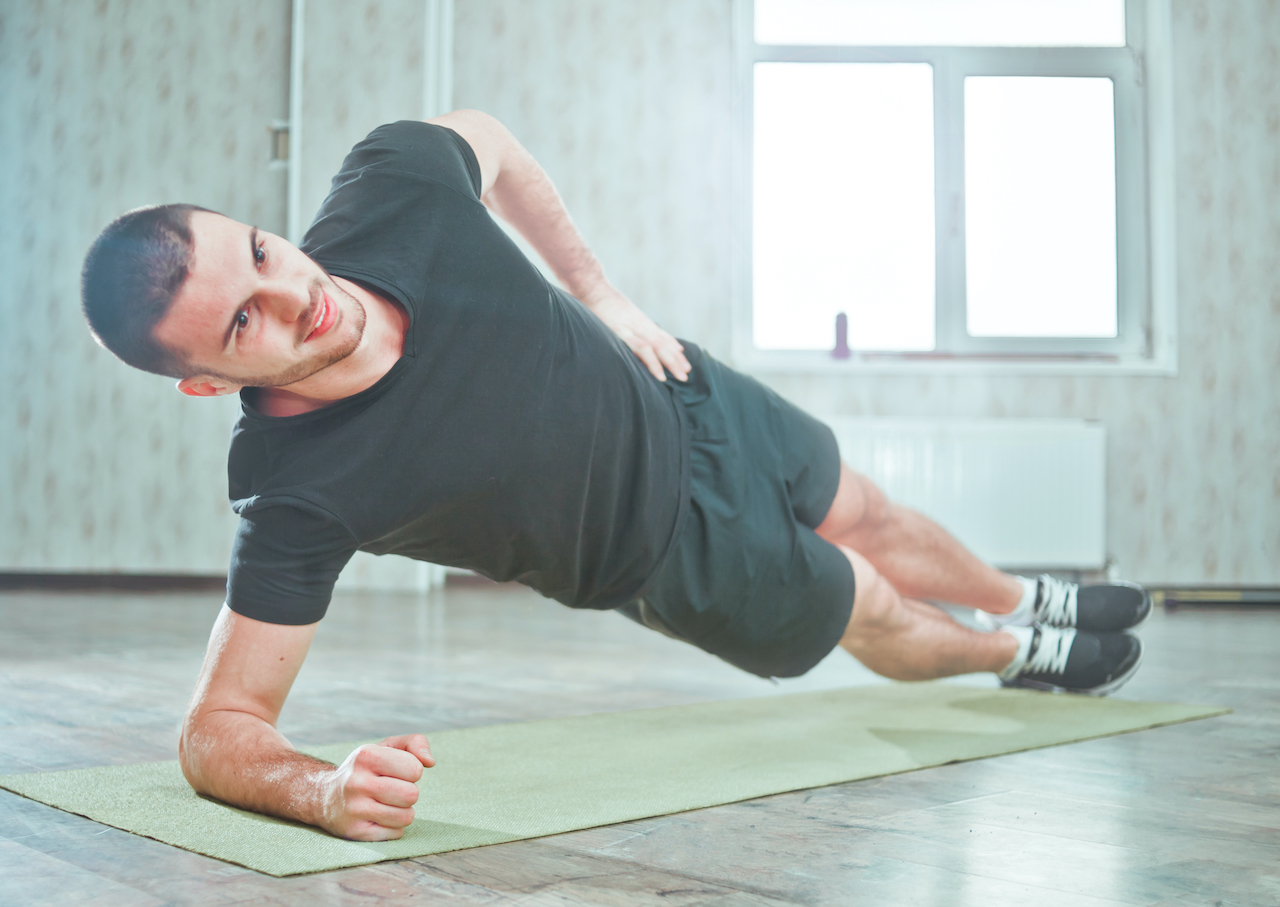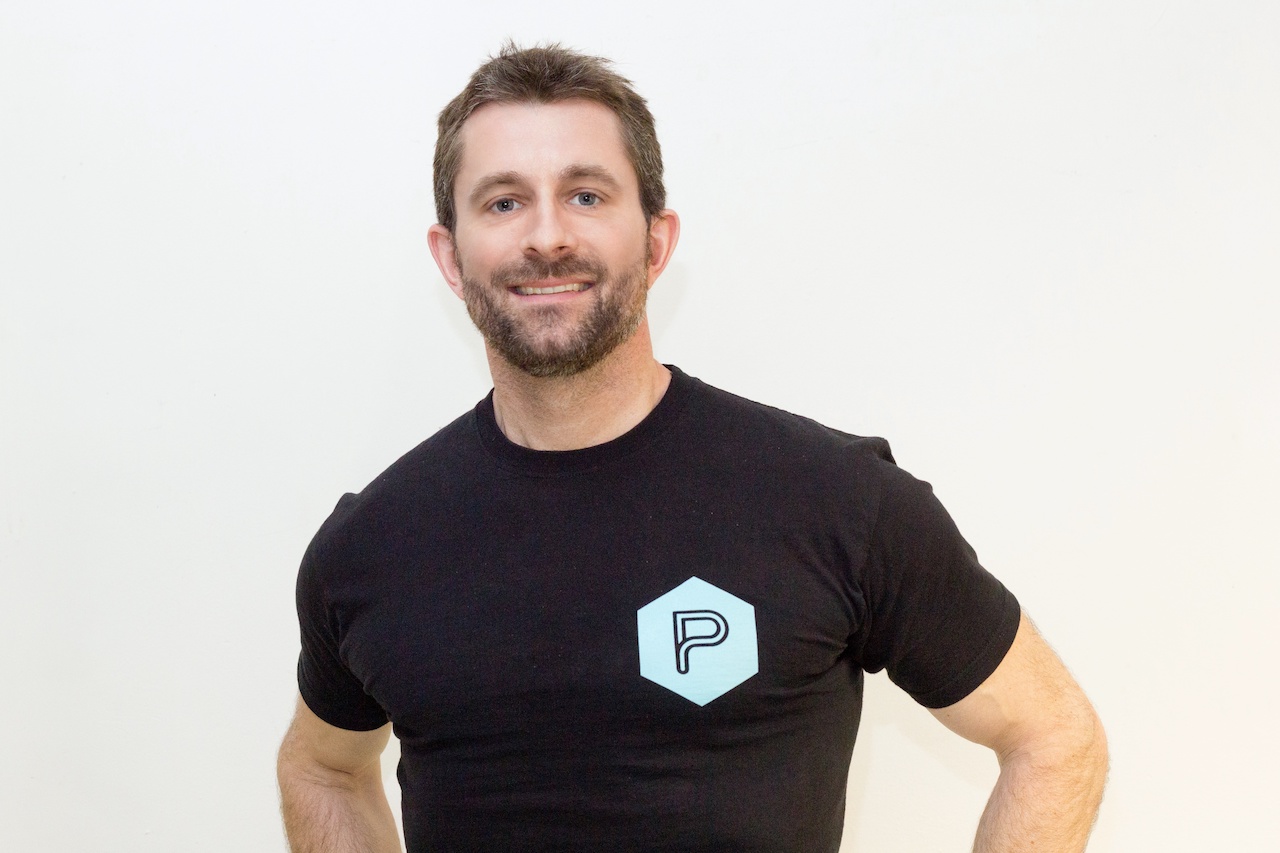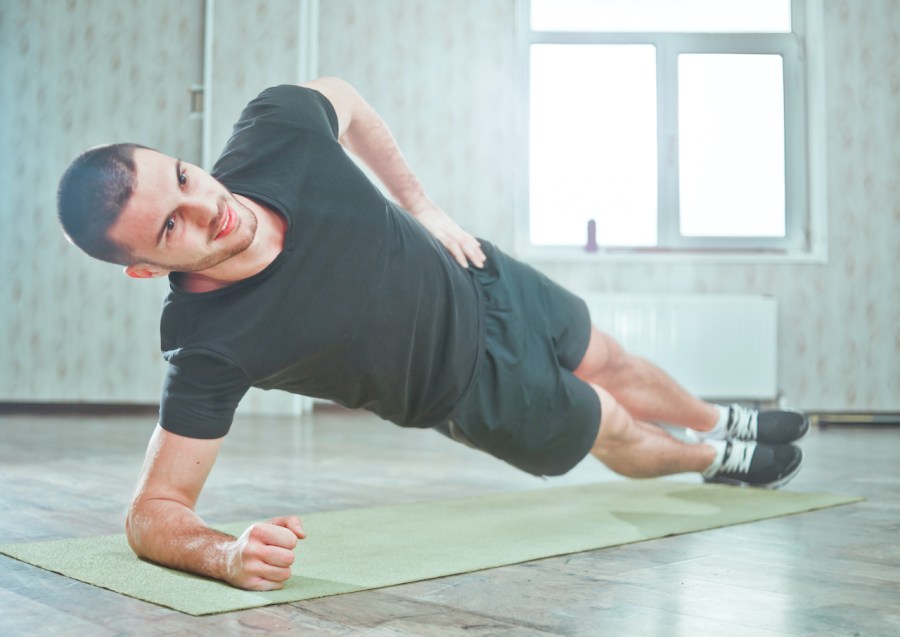Hunched over our keyboards, with increasingly sedentary lifestyles, posture has never been more of a problem.
Fortunately, for anyone serious about preventing back pain and maintaining overall health, these exercises from PerformancePro can help.

With a reported 80 per cent of Londoners not leaving the office all day and only 28 per cent taking a lunch break, the Capital is experiencing heightened stress, back pain, weight gain and postural weakness.
Learning the why and how of strength training is vital to pain-free and healthy living.
At one end of the spectrum we have mild lumbar pain caused by sitting incorrectly. At the other end of the extreme we have poor posture feeding into lumbar disc degeneration causing all sorts of unpleasant referred pain down through the glutes and legs.
Being a regular gym goer, it’s important to have good form when lifting, and bracing the trunk correctly to avoid long-term problems.
Musculoskeletal problems are the second most common reason for work absence (including back pain, neck and upper limb problems) a total of 30.8 million days.

The Best Exercises to Correct Poor Posture
As prescribed by Professor Stuart McGill, a leading researcher in pack pain and its prevention and rehab, London performance PT studio PerformancePro recommend the basic exercises: side plank, superman (bird dog) and abdominal bracing.
This sounds simple, but executed using the correct protocol we can induce huge amounts of fatigue and start to build the strength endurance that your trunk needs – and in most cases has lost – due to bad posture or sedentary living.
- SIDE PLANK
- Lie on your side with your body in a straight line and your elbow directly below shoulder.
- Engage your trunk muscles and brace your abdominals to stiffen the spine.
- Lift your hips off floor to bring your spine into neutral/in line, and squeeze your glutes.
- SUPERMAN
- Kneel on all fours with your hands below your shoulders and your knees below your hips.
- Keeping your back straight, brace the abdominal muscles and imagine pulling the floor back toward your thighs with your hands.
- Slowly raise one arm and the opposite leg and pause when in line with your trunk, hold for a count of five.
- Alternate arm/leg keeping your back level at all times.
- ABDOMINAL BRACING
- Lying on your back, raise one knee to 90 degrees and place your hands behind your lower back.
- Raise your upper trunk to lift your shoulder blades off the floor and pause at the top, ensuring you keep your chin tucked in and level with your body.
- Do not flex your lower back, and maintain the arch supported by your hands.
- Change leg and repeat.
Mobilise and Extend
In conjunction with the basic exercises to start building strength in the trunk, which in itself will go a long way to attenuating back pain, we also start to look at the thoracic or upper spine.
Often slumped, known as kyphotic, the thoracic spine and its position exerts a big influence on everything that goes on below it.
As such we will start to mobilise the thoracic spine into extension using simple exercises such as cobras, lying over a roller and arm sliding drills on the wall.
- COBRA
- Lying on your stomach, place your hands at shoulder level and push up through arms.
- Ease up as far as pain or stiffness allows, ensure you use your arms to push up, do not lift with the back muscles.
- Lower slowly and repeat.
- ROLLER DRILL
- Place a foam roller across your mid-back.
- Supporting your head with your hands and keeping elbows tight around your head, extend back over the foam roller ensuring you keep your glutes on the floor.
- Flex back up and roll your back down the roller a vertebrae or two and repeat the exercise.
- Work up and down the upper part of your back (thoracic spine) flexing back over the roller every couple of vertebrae.
- Stop if you experience any pain.
- ARM SLIDING WALL DRILL
- Face a wall and stand with your feet about 20cm from the wall.
- Place your forearms on the wall and slide them up, maintaining contact at all times.
- Let your forearms slide out slightly, creating a subtle V shape.
- Imagine pushing your fingers through the ceiling, allowing your shoulder blades to ride around your rib cage.
- Slide your forearms back down the wall, pulling your shoulder blades round as you do so.
- Repeat.

Dan Boulle is strength and conditioning coach, and director of London Performance PT Studio PerformancePro performancepro.fitness







